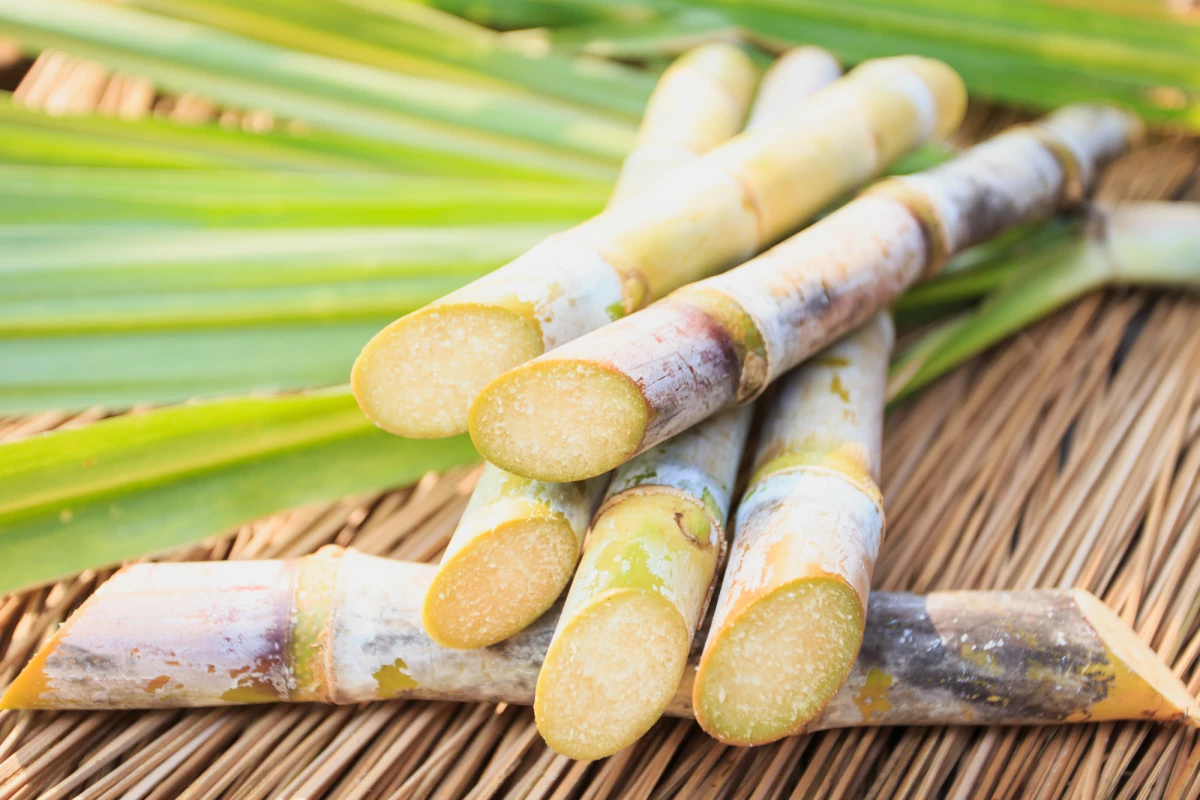Sugarcane is an important food crop, but its large environmental impact means there’s plenty of room for improvement. Unfortunately it’s tricky and time-consuming to breed new varieties, but now researchers have used CRISPR gene-editing to do so quickly and more easily.
Sugarcane is a key source of sugar, obviously, but that’s not its only product – the oil in the leaves and stems is often used to make bioethanol for greener fuels and plastics. But these don’t come cheap – sugarcane takes up a large percentage of farmland in many countries, which fuels deforestation. It also takes a huge amount of water to grow, and creates plenty of waste and pollution during processing.
Some of these problems can be addressed with new varieties of the plant, but sugarcane is frustratingly difficult to crossbreed due to its complex genome. It requires a lot of back-and-forth to filter out desirable traits from unwanted ones, so new versions can take years to develop.
That’s where CRISPR comes in. This powerful gene-editing tool allows scientists to switch off genes or cut them out and replace them with more useful ones. It could be useful in treating a range of diseases, but also for improving crops – and now researchers have used CRISPR to develop a couple of new varieties of sugarcane.
As common as CRISPR editing has become, this marks the first time the technology has been successfully used on sugarcane. That’s because that complex genome once again presents a hurdle, with several chromosomes and many redundant copies of genes. To make useful edits, scientists need to target multiple regions involved in a particular trait.

For the new studies, the team focused on a few genes that would make clear changes to the appearance of the plant, so it would be easy to see when it worked. In the first study, the team turned off several copies of a gene that produces magnesium chelatase. This enzyme helps the plants produce chlorophyll, so the leaves of the edited plants turn light green or yellow. The green ones seemed to require less nitrogen fertilizer to grow, while still producing the same amount of biomass.
The second study demonstrated replacing individual nucleotides with better versions that would give the sugarcane better resistance to herbicides. Normally, these chemicals can inhibit certain genes in the plant, but the edit makes them more resilient so that less herbicide will be needed.
The two breakthroughs could open up a more effective way to breed useful new varieties of sugarcane that address the numerous environmental concerns.
“Now we have very effective tools to modify sugarcane into a crop with higher productivity or improved sustainability,” says Fredy Altpeter, lead researcher on the two studies. “It’s important since sugarcane is the ideal crop to fuel the emerging bioeconomy.”
Both studies were published in the journal Frontiers in Genome Editing.
Source: CABBI





